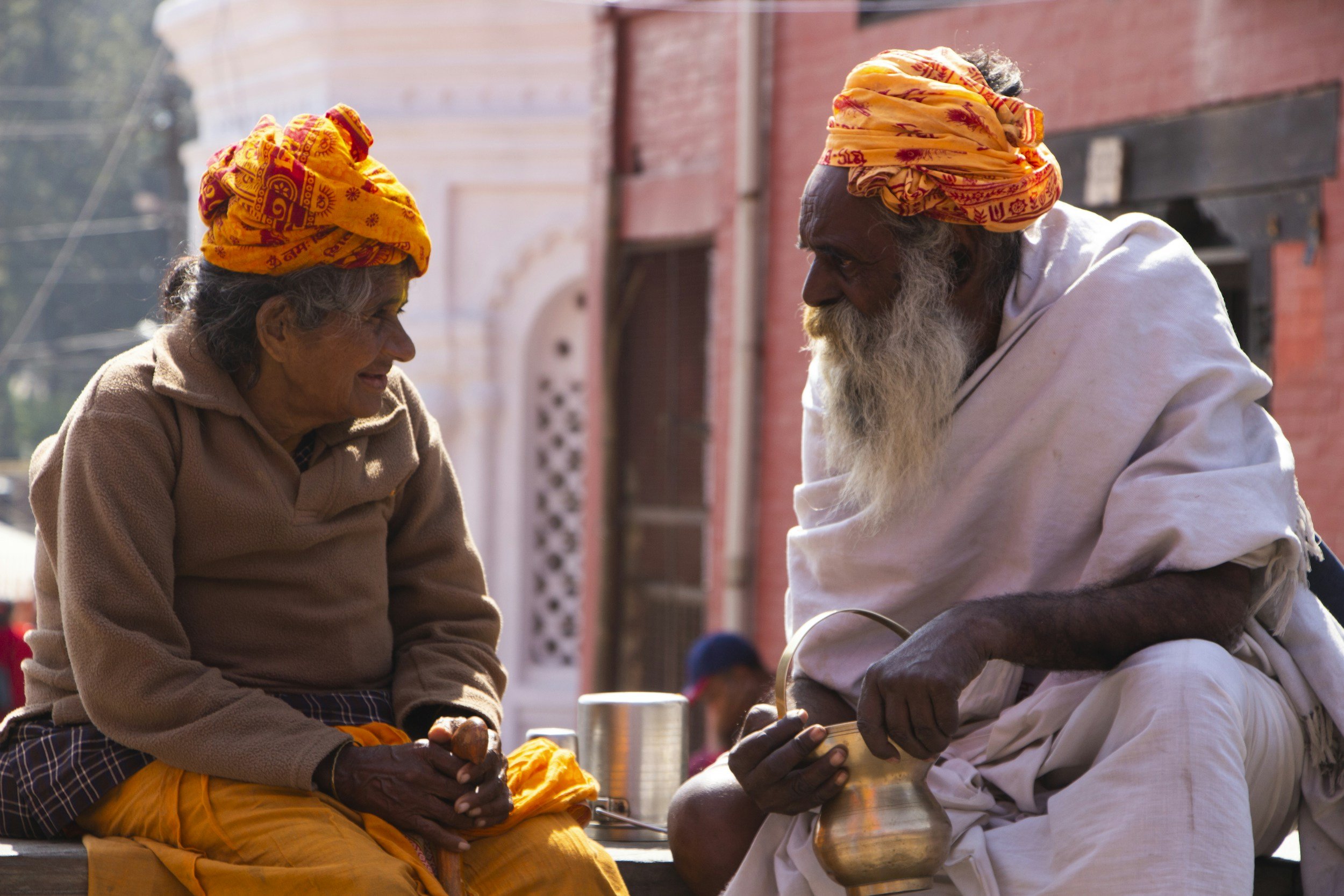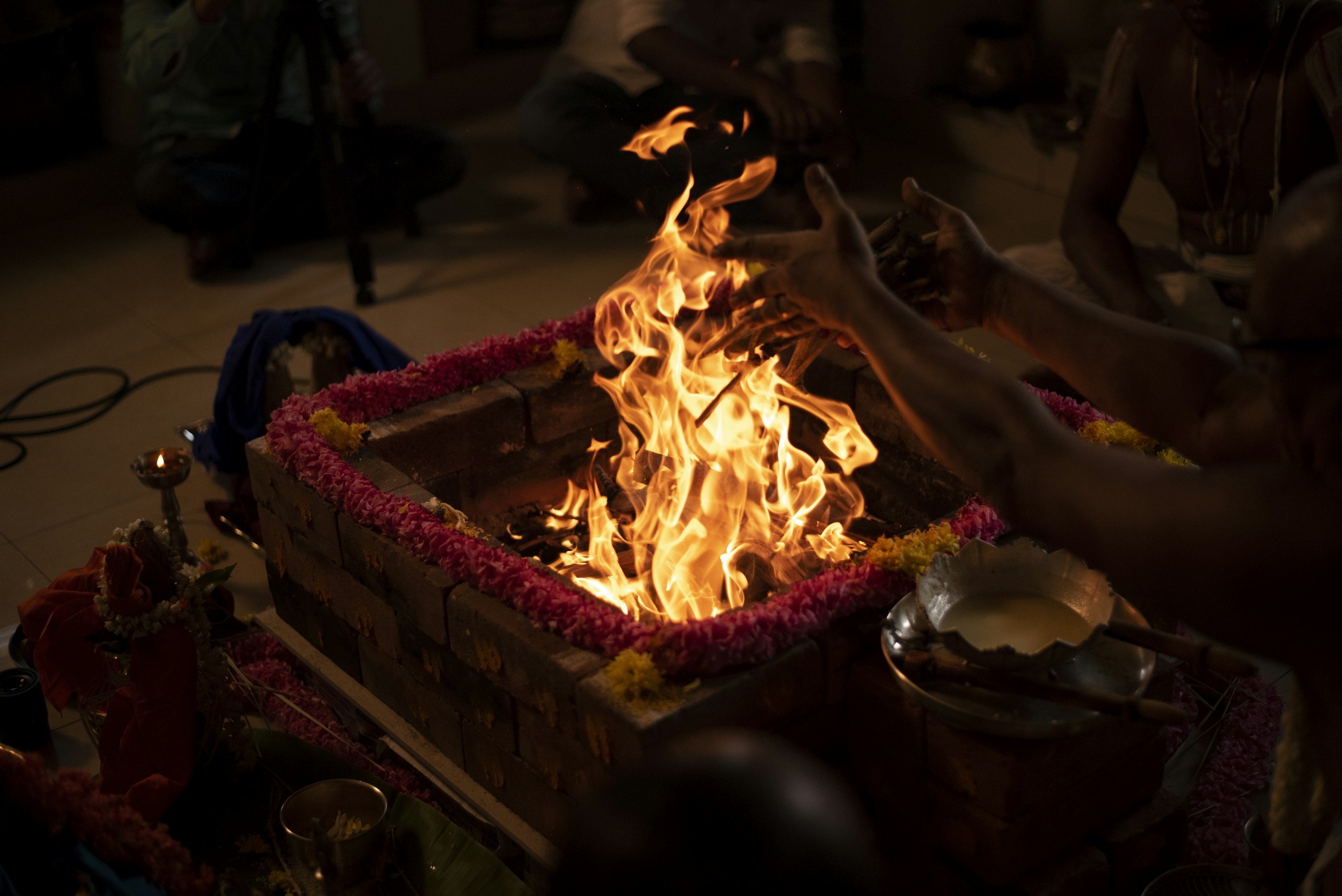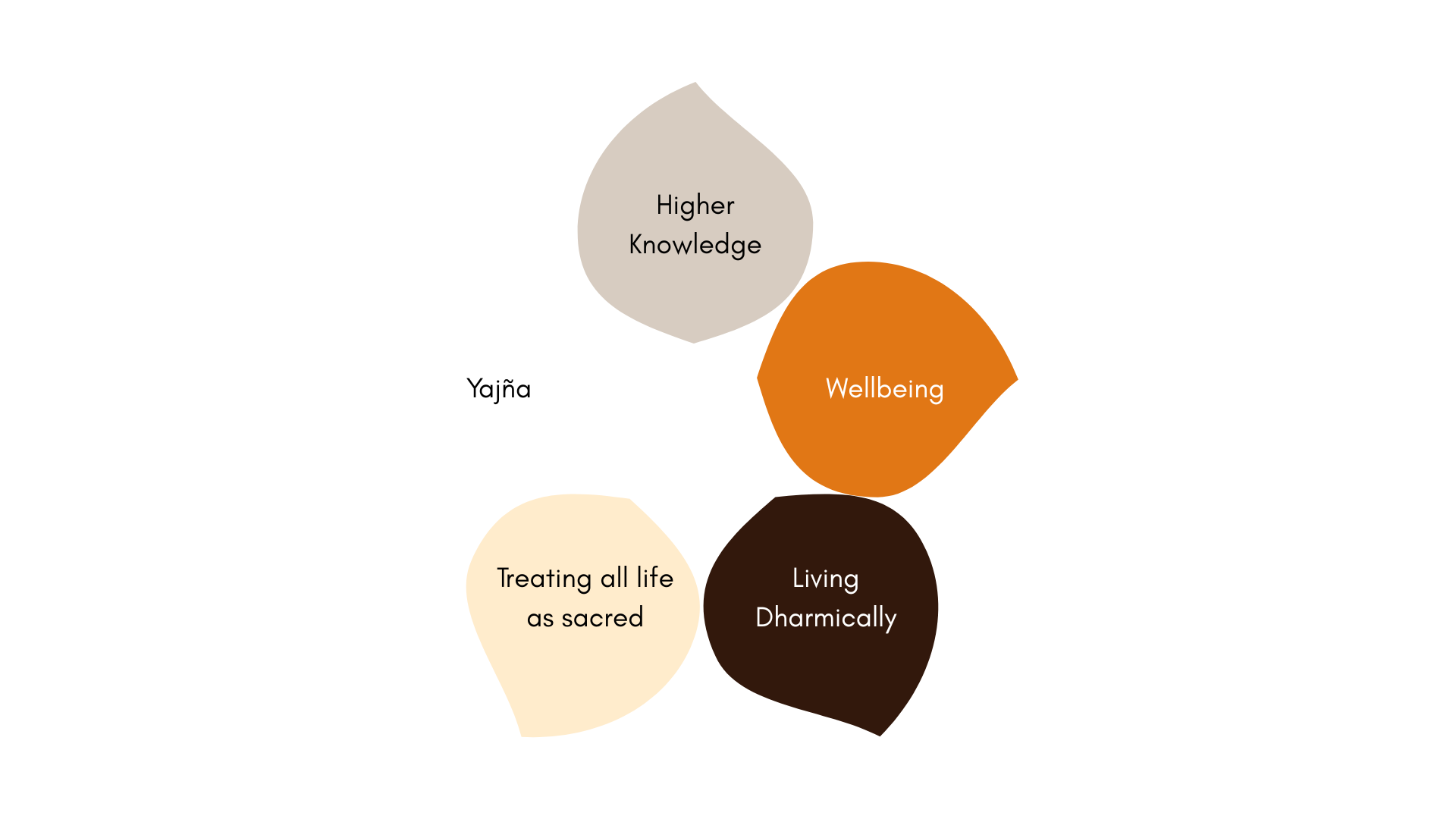
“A true understanding of living in oneness can be exemplified through one’s life choices and how they live -and this can be cultivated from a young age”.
What Inspired Svāhā?
Pranam, my name is Naina and I am the founder of Svāhā. After having my daughter, Bhuvaneshwari, I was greatly inspired to create a way for her to learn Vedic & Yogic concepts and integrate the knowledge and lifestyle into her upbringing. I arrived at the idea of Svāhā when I realised it was a need for more than just myself, and that there are many other like minded parents that wish the same for their children. You can read more about my personal journey & what inspired me here but first let me introduce to you, what Svāhā is about…
{Svāhā is…}
Svāhā is an opportunity to encourage receptiveness in the human mind from a young age. This is aimed to be achieved through the use of tools & learning resources which can be used as part of daily life for any family. When integrated into a routine, outcomes can be recognised by a strengthened ability to handle life’s challenges, emotional stability & maturity as well as a refined use of skills such as focus, clarity & concentration.
{Dissolving separation through knowledge...}
{To make life an offering.}
The source in which Svāhā draws upon for knowledge is of Vedic & Yogic origin. Within these systems, it is known that the root of suffering rests in the cycles of desire & attachment. These cycles are perpetuated and intensified by the “ego” which attempts to bring permanence to that which is impermanent. It also likes to understand itself to be separate from the rest of the world and others - and thus claims a certain ownership in all actions performed (“karmas”).
As the name suggests, “svāhā” - which is a Sanskrit term recited when making an offering to the God of Fire (Agni Dev) during Vedic ceremonies & rituals - is a complete surrender of this ego, and an offering of oneself to a higher power.

Svāhā
“an offering to the divine, an act of surrendering to the higher energies.”
{Living in the way of Yajña...}
{To lessen suffering...}
{and change the way we live & understand life...}
{Through practising Vedic culture with awareness & knowledge...}
When we are able to perform our karmas and live in this way of offering, surrender and devotion, we are living in what is known as “Yajña”. Such actions release our attachments and desired outcomes and thus make us instruments of a Higher power.
Whilst the Ego need not be completely removed from our lives - we can understand it better so that we are able to use it for good, and not allow it to lead us into more suffering and separation. Svāhā aims to provide the light of knowledge that is able to dissolve the ignorance of the ego - but through a concise and interactive way that makes it light and enjoyable for children and adults alike.
There lies in Vedic and Yogic culture the entire knowledge which can be attained through a certain way of living life. Books and theory serve their purpose but real knowledge comes with experience and practising daily rituals and actions that align one to the eternal omnipresent Truth.
The Vedic & Yogic way of life has always been rooted in science - whilst this has often been forgotten - it is now becoming important for its inclusion with regards to sustaining and encouraging such lifestyle. Therefore, alongside the individual human benefits that Svāhā can offer, it also serves as a conduit for a progressive and inclusive preservation of Vedic Heritage of Bharat (India).
Values
What Inspired the creation of Svāhā?
Creation began with a dot, not a line. A circle has no beginning or end, whereas a line does. This fundamental understanding about creation gives rise to a deeper understanding of the truth of our existence which is one of interconnectedness and not separation.
If this is cultivated from a young age through the way in which we are taught to live, it will alleviate sufferings that are born from the misunderstanding of being a separate entity in relation to the world around.

A true understanding of living in oneness can be exemplified through one’s choices in how to live.
Making choices from a place of oneness Vs that of separation is the most subtlest way to foster a culture of compassion, kindness & upliftment for all.
This can be achieved through education & exemplary living of Vedic lifestyle, which has imbibed into it, the concept of living as one - or as the terminology would define, “living according to Dharma”.
Hi, I am Naina, the founder of Svāhā.
The birth of my daughter, Bhuvaneshwari, brought forth many changes in my life. Particularly within the realm of spiritual pursuit and seeking.
I have spent many years on the path gathering and practicing various teachings from the Vedic & Yogic path - Ayurveda, Yoga, Meditation & Vedanta and also went onto teach them as a career.
When I had my daughter, I began to think about how beneficial it would be for her to have access to this knowledge from a young age, rather than approaching it later in life.
I had already witnessed the immense transformation that I had undergone myself with the knowledge, and felt it would be incredible to have that as a starting base for her, on her own journey.
I soon realised that imposing teachings onto children is never really the way they will learn. They require an example - specifically being the parents or caregivers.
And so I began to think about how this can be exampled in an interactive way - as to include her in what I am doing.
I designed a set of flashcards that teach one about the Vedic concept of “Panchmahayajnas” and from there more ideas began to flow. I had already started thinking about Bhuvi’s education and doing some of it from home, as I want to introduce her to Yoga & Ayurveda.
Let me now share a story…
When I was pregnant with Bhuvi, I watched the entire series of the Mahabharata. I was absolutely taken in by the teachings of Lord Krishna, and also in great admiration for the composition of story from Sage Ved Vyas. In the beginning of the story there is a scene where Grandsire Bhishma sets a challenge for the Pandavas & Kauravas to eat their meal without bending their elbows. After much comical failings, it was Yudhisthira, the eldest of the Pandavas who realised he can feed the person next to him instead.
When I saw this, I was in awe - that such a profound teaching is delivered in such a subtle way. That we should learn to remember that we are not separate from others - even when eating - we should always feed those around us first.
For some reason, this teaching kept ringing very deep within me. I had studied the concept of Yajña and so was greatly taken by this knowledge in learning about the give and take relationship that our existence rests upon.
Fast forward to Bhuvi’s first meals, and I began to notice that she feeds everyone around her before herself - even her toys - plants, or moving objects. Anything that shows a sign of life, she feeds it before herself. To this day, she is still the same and I cannot help but link this back to the profound teaching I had learnt whilst she was in the womb.
I truly believe that if children can learn to recognise their oneness from a young age - it can lead to significant benefits in later adult life.
As I pondered upon how this can become something that benefits all young children, the idea grew and took shape as Svāhā.
Many adults find it difficult to understand the core teachings of the Bhagavad Gita about desires and attachments, and not being attached to the results of our actions. This is because the understanding of Yajña is not widespread enough. When one understands Yajña, it will open up a deeper understanding as to how to release this attachment to the outcome of our actions and live in a more elevated, aligned and harmonious state.
I hope that you may find the offerings of Svāhā inspiring for yourself and family also.
Naina
